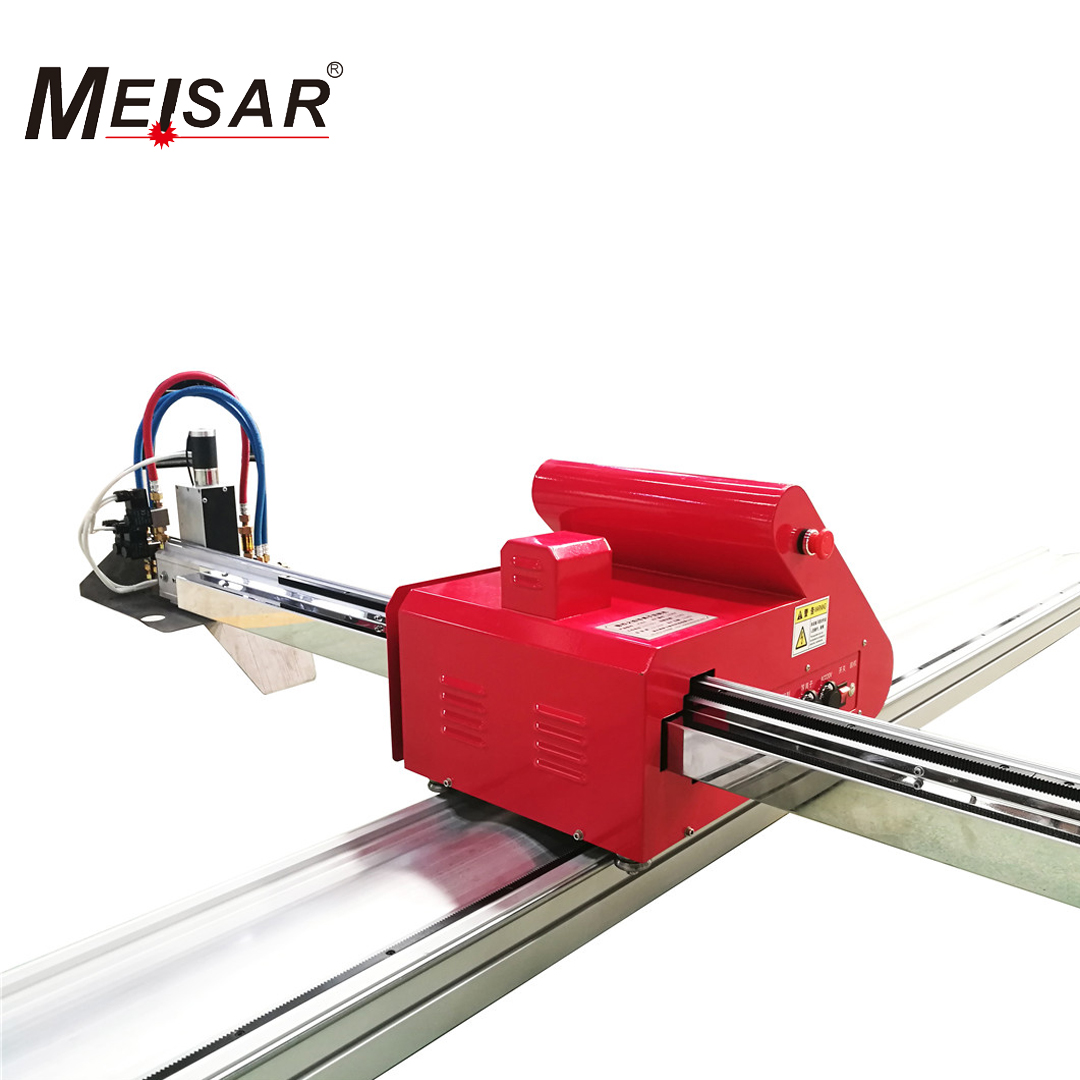Metal Fabrication: What to Expect From Your Metal Fabricator

Metal fabrication is the term used to spell it out the procedure of bending, cutting, and assembling metal structures from various metal parts and pieces. The procedure of cutting the metal during fabrication is normally done through sawing or shearing, laser cutting or punching. The procedure of bending is performed through press brakes. CNC Cutting Reynoldston use various dies to be able to achieve the different forms of bends that are required by way of a project. Both the cutting and bending of the metal during fabrication will be the first steps. Once each bits of metal are cut and bent with their appropriate sizes and shapes, they are assembled together through welding.
Stamping is another process in metal fabrication that is used for large levels of the same part. The first step is developing a stamp, or mold that is used in a stamping machine to stamp the parts out of a piece of sheet metal. This process is used for making a large quantity of the same part. It is expensive to build the mold, but once the mold is obtained, many parts can be made quickly thus decreasing the cost per part. Stamping is often used for items such as vents, panels, hinges, plus much more.
While various types of metal are employed in metal fabrication, steel is undoubtedly and away the most frequent. Steel can be an alloy of primarily iron with varying amounts of carbon added, generally 0.2% to 2.1%. Carbon may be the most common alloying element because of it being the cheapest cost and adding desirable traits to the metal such as for example increased strength, malleability, and hardness dependant on the amount of carbon added. While carbon steel is extremely useful and versatile, one problem with it really is that it corrodes and rusts. If that is clearly a concern for the project, then your item should be either coated or painted for protection, or instead can be made of stainless for corrosion resistance. An alloy of steel, chromium and nickel creates the most common type of stainless fabrication that is Type 304, or "surgical steel". The alloys described above just a few of the vast array of metals that are offered for use. When planning a project which involves metal fabrication, one should be able to depend on their metal fabricator to recommend and obtain the best kind of metal for their purpose.

Metal fabrication is an industry that is growing. You will find a wide variety of fabricators and it's vital that you select the company that may best serve your needs. A good fabricator will be able to recommend the very best metal, manage to design assembling your project for manufacturing, and also have a capable manufacturing facility in order to provide you with the best product at the best price.
